Hiking in hilly or mountainous terrain offers stunning views but can be physically demanding. Hiking poles (also known as trekking poles) are crucial tools for reducing fatigue, enhancing stability, and minimising impact on your joints. However, many hikers don’t fully leverage their potential, especially on challenging inclines and descents. Let’s explore some hiking pole techniques that will make you a more confident hill hiker.
Why Hiking Poles Rule Hills
- Reduced Impact: Poles help distribute weight across your upper body, relieving stress on your knees, ankles, and lower back, especially when carrying a backpack.
- Enhanced Propulsion: Proper technique allows poles to propel you forward on climbs and provide stability on descents, saving energy.
- Improved Balance & Grip: Think of poles as “extra legs” that improve balance and traction, reducing the risk of slips on uneven terrain.
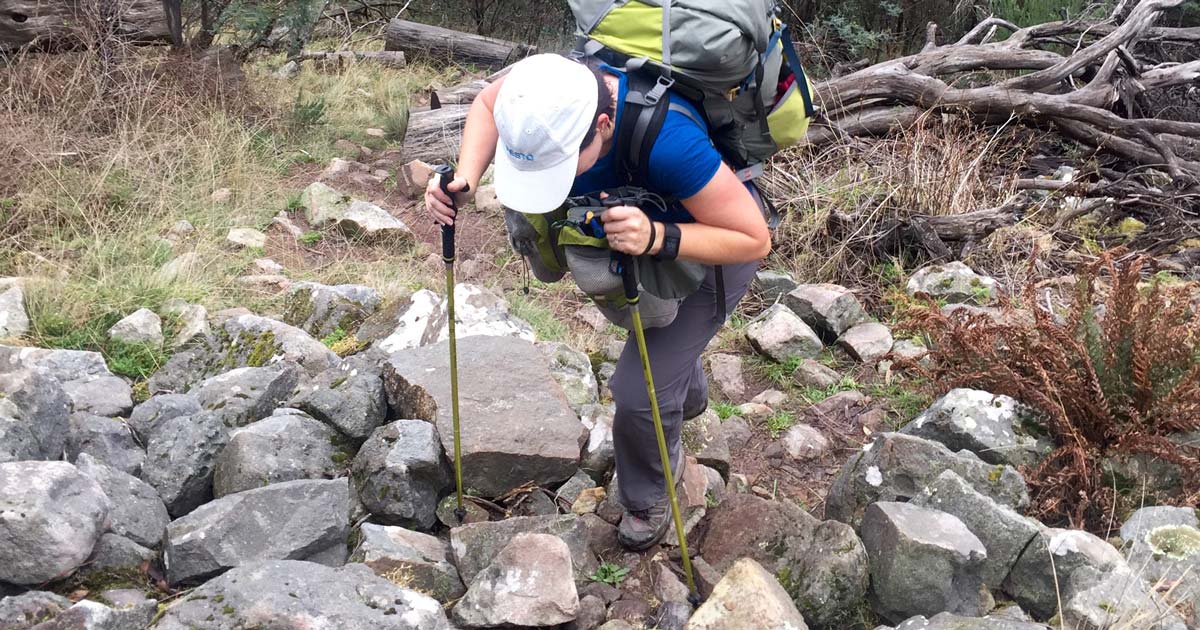
Use Hiking Poles When Hiking Uphill
Master the Uphill Climb:
- Optimal Pole Length: Adjust your poles so your elbows form a 90-degree angle when standing upright. This will often mean shortening them.
- Push, Don’t Drag: Plant poles diagonally behind the opposite foot with each stride, pushing yourself forward for better efficiency.
- Engage Your Core: Keep your core engaged while pushing off with poles for maximum power transfer.
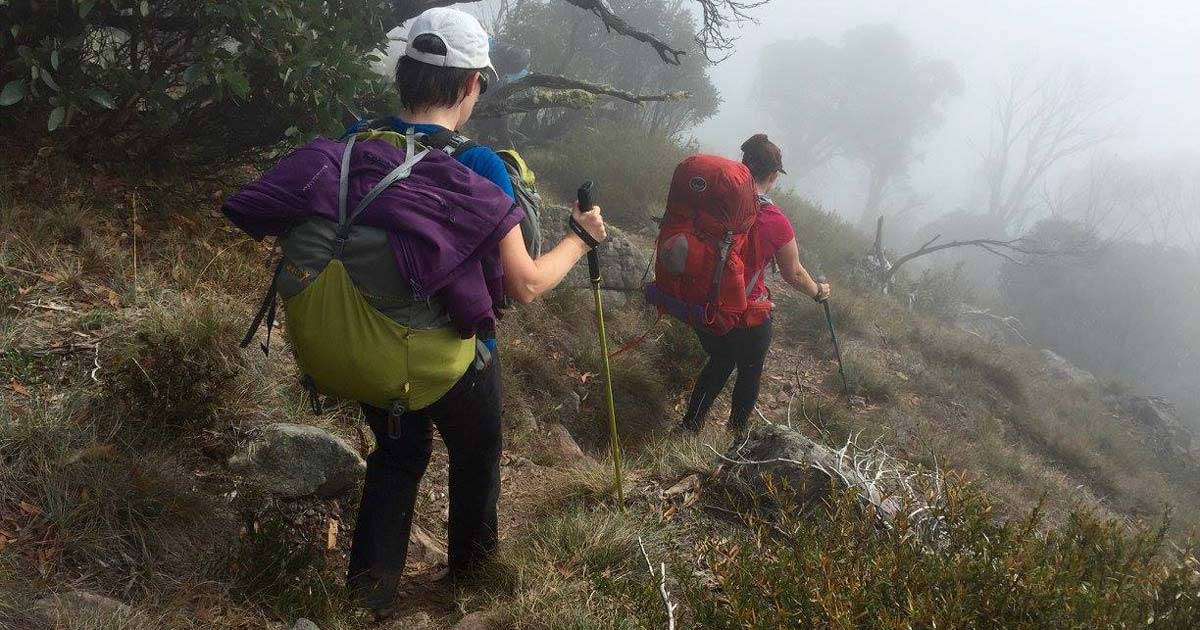
Manage Your Descent and Minimise Knee Stress
Hiking Poles for the Downhill Descent:
- Extend for Stability: Increase the pole length slightly (5–10 cm) to improve stability on the descent.
- Plant for Control: Plant your pole opposite your leading foot, slightly ahead on the slope, to help manage your descent and reduce knee strain.
- Double Down on Steep Sections: On steeper terrain, plant both poles simultaneously in front for extra stability, especially on uneven ground or large steps.
Proficiency with poles takes practice, so don’t be discouraged if it feels awkward initially. Try experimenting on a flat trail to refine your technique. Soon, you’ll be navigating hills with confidence, wondering how you ever hiked without them.
Should You Use One or Two Poles?
This guide focuses on the benefits of using two poles on hilly terrain, but let’s consider the option of using one. Many hikers prefer a single pole, especially with lighter packs, familiar trails, or less technical terrain. It offers portability, simplicity, and a lower cost (since poles are often sold individually).
However, keep in mind that one pole provides less stability, impact reduction, propulsion, and descent control than two. Ultimately, the best choice depends on your individual needs and preferences. If you hike in challenging terrain, carry a heavy backpack, or have joint concerns, two poles are generally recommended. If you prefer simplicity, one pole may work just fine. Experiment with both options on different terrains to see what works best for you.
Even experienced hikers sometimes opt for one pole, using it for balance or specific situations. Hiking staffs can also be a good alternative, providing some support without the bulk of two poles. For what it’s worth, I always use two.
Additional Tips
- Match Your Poles: Choose poles based on terrain, height, and adjustability.
- Adapt for Fitness Level: Shorten poles for steeper climbs, lengthen them for descents.
- Embrace the Learning Curve: Practice makes perfect—take your time learning the technique that works best for you.
By trying these techniques and using your hiking poles effectively, you’ll become a formidable hill hiker in no time. Check out these extra tips about how and when to use hiking poles.
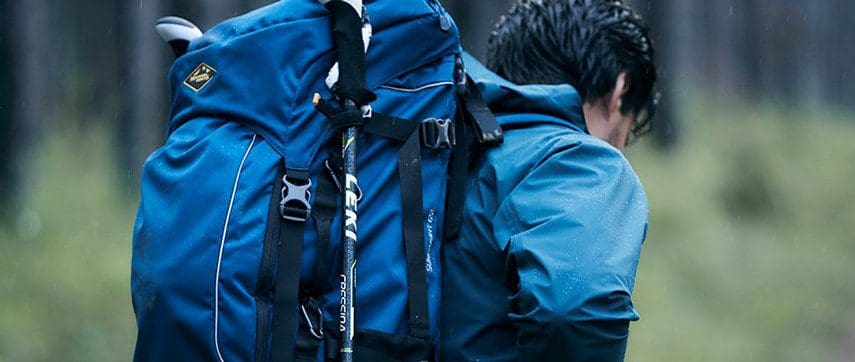
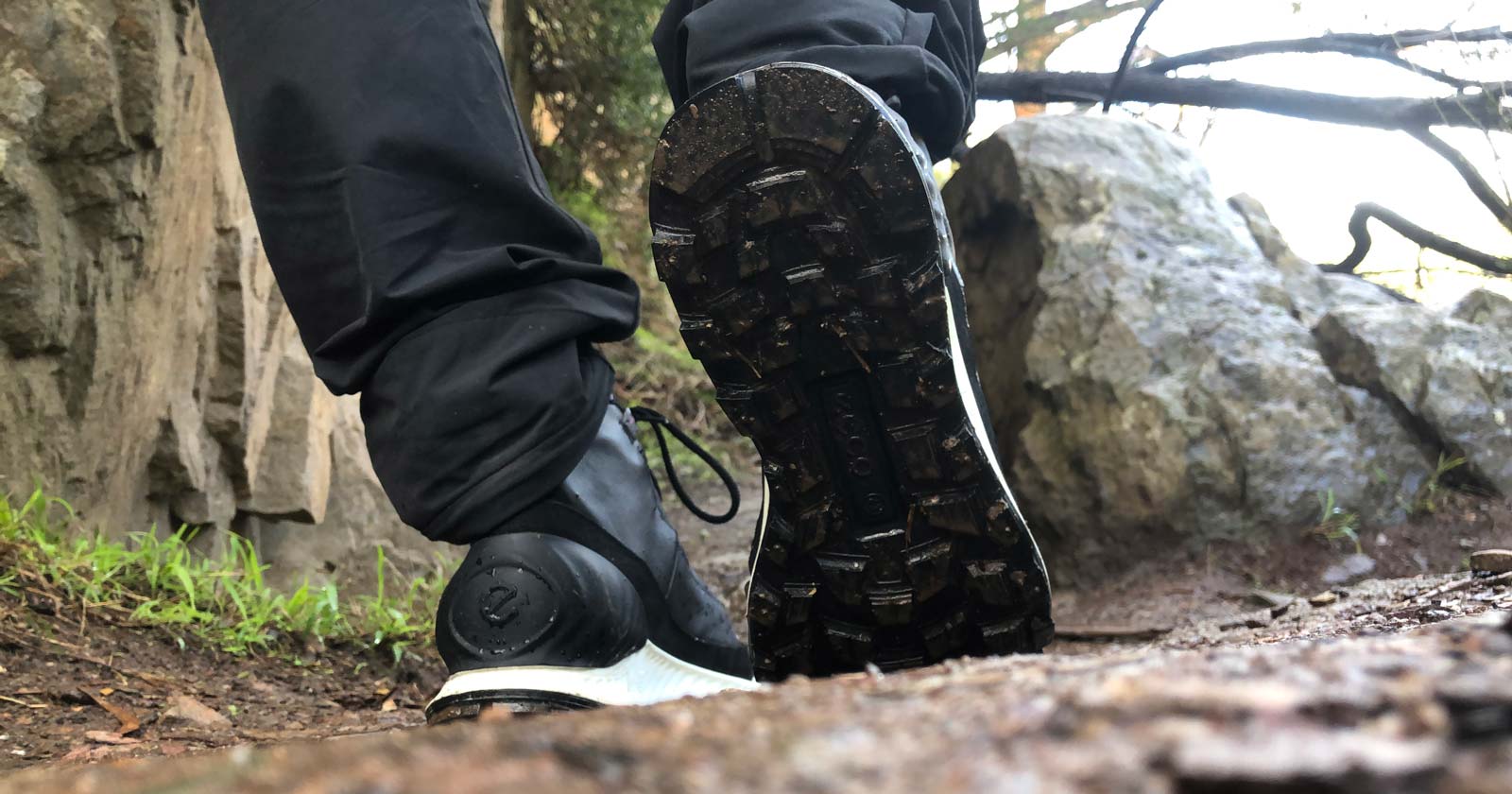
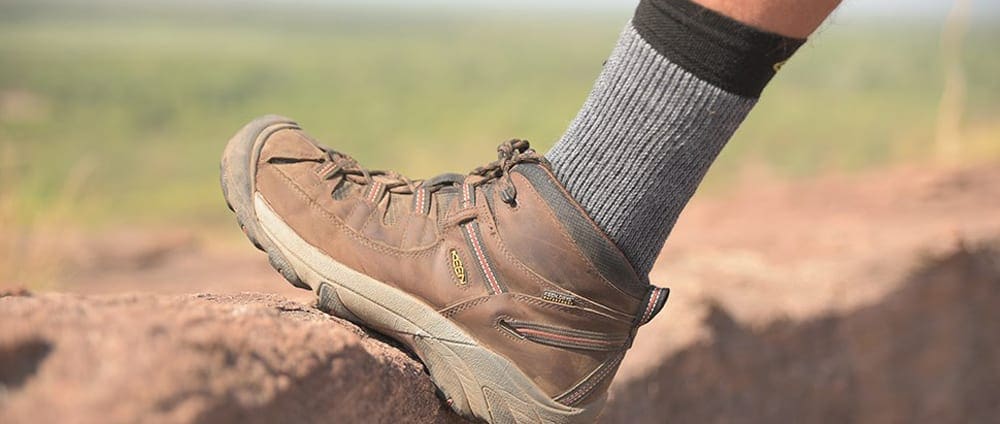



Kathryn Hooton x
Absolutely LOVE my poles! Especially on the downhill – which I despise!
Never hike without them.
Becc Smith
Courtney see, don’t just carry them
Sean Limpens feeling it now 7 years later with knee, back and butt muscle spasms.
Sean Limpens just likes a big nob in his hands
Andrew Johnson looking forward to the next article: Use umbrellas – even in the jungle
Sean Limpens
Abracadabra witchicaboola bippity boppity boo! Pull em together and what have you got..
OK this is getting way too intellectual for me!
Al Mountbatten
How much further erosion of paths and tracks take place though?
Shannon Lingard
Suzi White better invest in some
Shannon Lingard I have been thinking that too. Xx
I wasn’t convinced of their value. Then my husband and I hiked the Thorsborne trail and I can’t tell you how much I appreciated them! Would never be without them now.
F
Love my poles. Wouldn’t hike without them. 🙂
Phu Nguyen
Ive only hiked once with them, i just coudnt take to them, so im unsure tbh
Me too Trina. Great advice Darren.
Diane Donoghue
Eden xmas idea?
In the book
Me and my partner do alot of hiking and weve never owned a set of poles… if it makes hills easier tho…
Katrina x
Rebekka Fairweather try them out first before buying, there not for everyone
Philip Haley I have some already.
Rebekka Fairweather ?
Tried em once. My shoulders disintegrated.
Not for me. Prefer having my hands free.
Matthew Laidlaw Here’s the proof!!
Jenny Laidlaw il have to look into the studies behind this, I might be convinced aha
Especially with all my knee and back problems
Matthew Laidlaw you might need an Aarn Pack too!
Joanne Fritch
Dean Saunders that’s very good to know. I’m glad I’ve got some now
Hmm this tone is a bit “thou shalt”….
I use walking poles when the terrain demands … I actually reckon walking without poles is good for me most of the time.. my balance and core strength are improved by it
I think I can smell the Prom? ?
Such an array of comments. They are not for everyone, but the outdoor ed teacher at Castlemaine believed that if they had’ve been around in his day, he wouldn’t have had to have knee reconstruction or hip replacements!
Robb Benn
I liked them, but tricky when there’s bushes